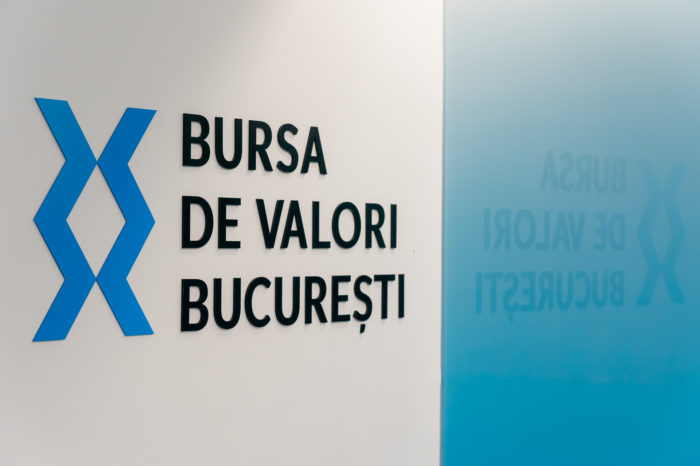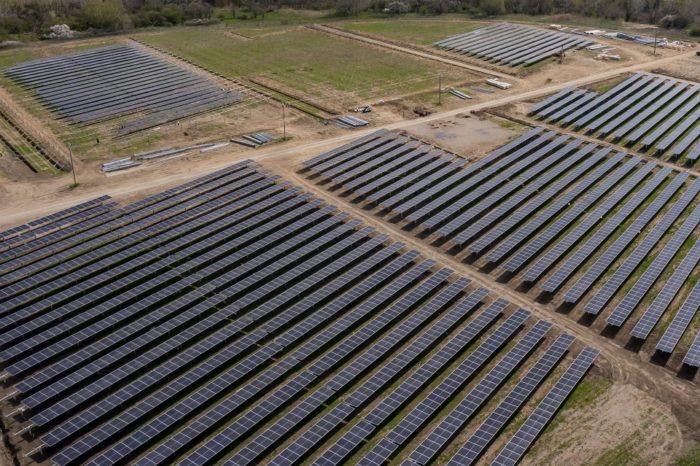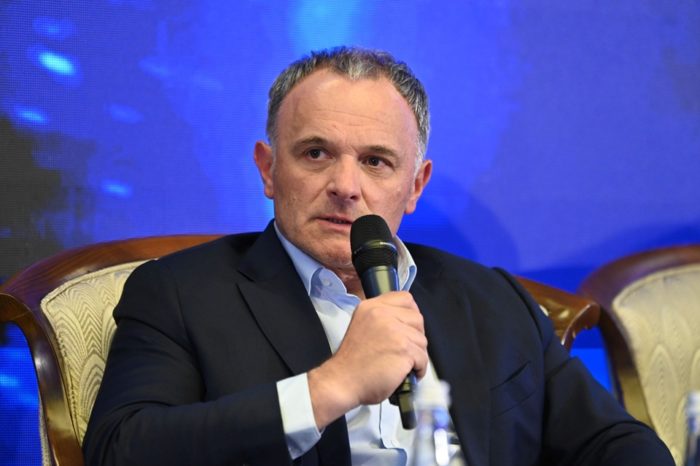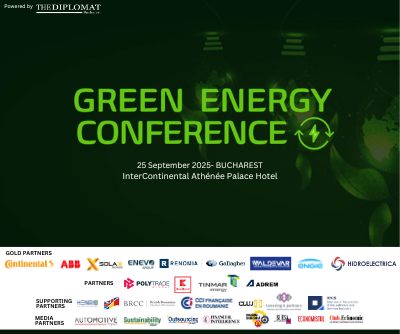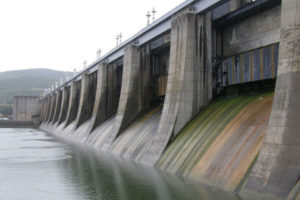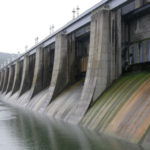Hidroelectrica reports net profit of 589 million RON, down 56 percent in the first quarter
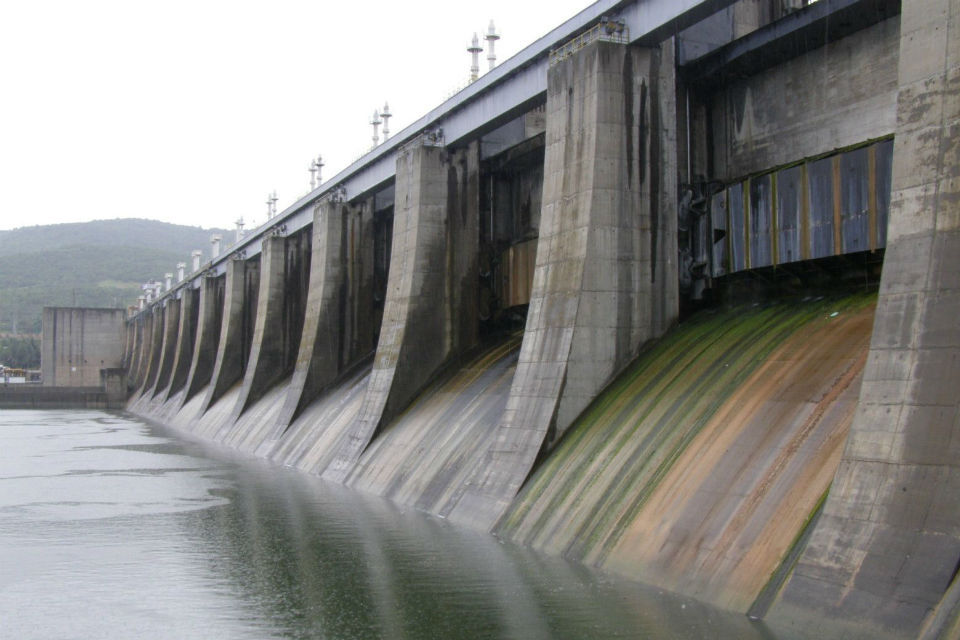
Hidroelectrica reports a net profit of 589 million RON, down by 56 percent in the first quarter, according to the financial report submitted to the Bucharest Stock Exchange.
Hidroelectrica records operational and financial results above budget estimates, but down compared to the same period of 2024, the report shows. The difficult operational context, marked by unfavorable hydrological conditions, led to a 38 percent decrease in net electricity production compared to the same period of the previous year – down to 2,654 GWh, the lowest level in the last 10 years for the first quarter.
Revenues were 26 percent lower than Q1 2024, at 1.8 billion lei, and the decrease in operating margin by 42 percent and net margin by 40 percent compared to the same period in 2024 reflects the reconfiguration of the revenue structure, with an increasing share of the supply segment. Even in this context, the Hidroelectrica Group achieves a gross profit 26 percent above the forecast level, demonstrating efficient resource management and the ability to cope with adverse natural cycles.
In the first quarter of 2025, net electricity production recorded a significant decrease of approximately 38 percent compared to the same period of the previous year, reaching 2,654 GWh, the lowest value for the first quarter in the last 10 years. This significant impact is mainly caused by poor hydrological conditions, namely a period of severe hydrological drought, with an average Danube flow in the first quarter of 2025 of only 4,257 m3/s, down by approximately 40 percent compared to the same period of 2024.
Energy produced and sold (net)
In the first quarter of 2025, net electricity production recorded a significant decrease of approximately 38 percent compared to the same period of the previous year, reaching 2,654 GWh, the lowest value for the first quarter of the last 10 years. The decrease was mainly caused by poor hydrological conditions, reflected in the average flow of the Danube, which decreased to 4,257 m3/s in the first quarter of 2025, a value approximately 40 percent lower than the same period of 2024.
This structural reality put direct pressure on operating income, especially on the wholesale segment, where quantities available for sale decreased by 61 percent.
Wholesale market revenues
During the period January-March 2025, the average selling price on the wholesale segment recorded a significant increase of approximately 21 percent compared to the same period of the previous year. This increase was mainly due to trading on forward markets, following the elimination of the MACEE regulated mechanism starting from January 1, 2025. Trading on forward markets allowed the company to obtain better prices for the electricity sold, thus contributing to mitigating the impact of low hydrology on wholesale revenues.
In the short term, compared to the first quarter of 2024, the decrease in quantities available for sale during the first quarter of 2025 limited the company’s ability to fully capitalize on the increase in wholesale market revenues (the company being unable to benefit to a greater extent from the increase in the price on the SPOT market by approximately 83 percent compared to the similar period in 2024).
The impact of forward trading of energy delivered in the first quarter of 2025 was significant in increasing the average selling price, ensuring the protection of the commercial margin in a period of low volumes, but it was not sufficient to compensate for the decrease in quantities available for sale in the short term, resulting in a 53 percent reduction in revenues related to the wholesale market segment compared to the same period in 2024.
Revenue from Supply
Supply revenues increased by 5 percent, to RON 655 million in the first three months of 2025, from RON 622 million in the same period of 2024. This evolution reflects both an increase in the customer base and the effective adjustment of the commercial policy in difficult competitive conditions.
The increase in revenues was generated by a higher volume of electricity supplied to end consumers, but this positive effect was partially offset by a lower level of sales prices.
The reduction in the company’s sales prices was mainly influenced by the heightened volatility of the electricity market, which generated significant fluctuations in the level of tariffs applicable to end consumers. Another relevant factor is the modification of the fiscal framework applicable to energy producers, by reducing the value ceiling from which the tax on additional income is applied, which indirectly contributed to the easing of pressure on prices in the supply chain.
Secondly, developments in the wholesale market in previous reporting periods, characterised by an imbalance between demand and supply in favour of the latter, led to the formation of a surplus of available energy, with the effect of decreasing transaction prices. This market context allowed competitive suppliers to access energy at lower costs, which directly influenced the level of resale prices in the retail segment.
In order to remain competitive in an environment characterized by increased pressure on commercial margins and increased consumer mobility, the company has appropriately adjusted the structure of its commercial offers, aiming both to maintain the attractiveness of its own products and to retain the existing customer portfolio.

